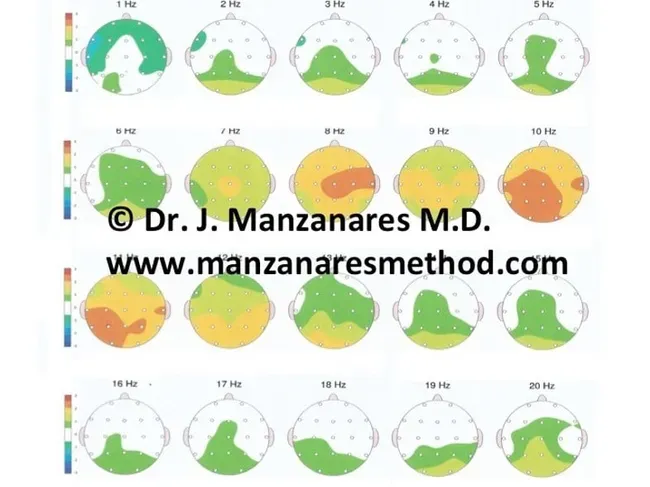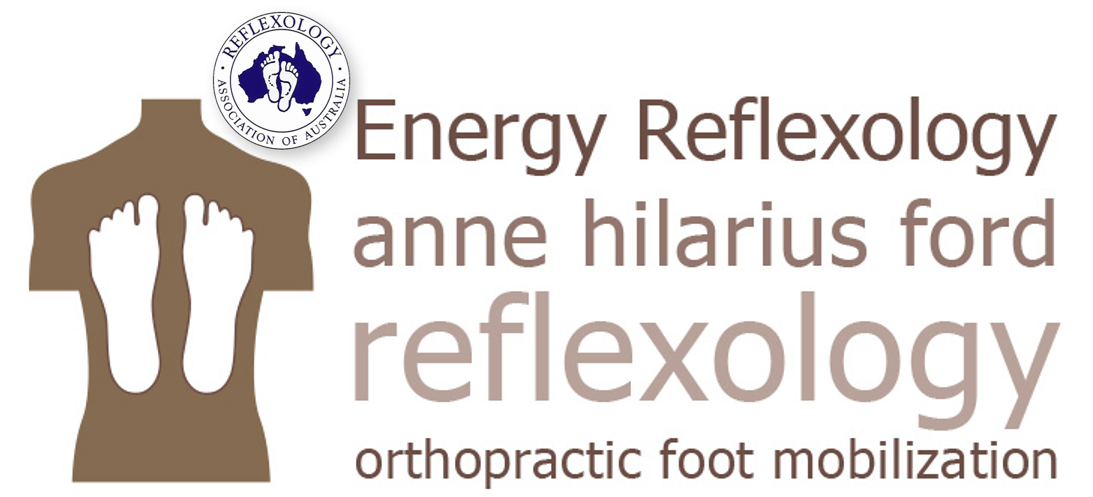Brain waves and function change during a Reflexology treatment
I wanted to share this wonderful research with you: brain waves and function change during a reflexology treatment!
When clients mention they fall asleep during a treatment, I always share, from my personal experience, that I believe we go into a deep meditative state AND the amazing thing, you don't have to try to get there, it happens.
When I ask a question, the client is present straight away, if he/she were asleep, there is always that split second where there is a need to realize:
a) where am I?
b) what did you say?
Dr. Jesus Manzanares Corominas
Dr. Jesus Manzanares Corominas has been a medical doctor since 1982 and has been researching and working with reflexology since 1980. He combines his medical knowledge with his expertise in reflexology to further explore the therapeutic effects of this ancient practice.
His research on Electroencephalogram (EEG) shows changes in brain electrical activity before and during reflexology stimulation, this is impressive. Dr. Manzanares Corominas has analyzed the EEG signals of participants before, during and after reflexology sessions, and he found two patterns of brain activity that were associated with relaxation responses. He believes this demonstrates the potential of reflexology to reduce stress and create a sense of calm.

At baseline and at rest, the brain waves are predominately alpha waves, but soon after initiating the reflexological stimulation the brain waves change.
Dr. Jesus Manzanares Corominas has identified two patterns of changes:
- The first pattern, which accounted for 80% of his findings, showed a shift from alpha to beta waves
- The second pattern, which made up the remaining 20%, revealed the appearance of theta waves.
In the case that the changes are from alpha to beta waves there is a better response to reflexological stimulation, however, in the case that the change is to theta waves the response is less effective, improvement after treatment still happens though but is less important. This is part of the neurophysiological bases of foot reflexology.
Using EEG measurements to analyze the effect of reflexology on the brain, Dr. Jesus Manzanares Corominas has been able to observe the physiological and psychological effects of reflexology.
Facial Reflexology
This all sounds amazing. Knowing this and understanding that Facial Reflexology works closer to the brain and the cranial nerves, the changes and benefits are supporting brain function at a different and deeper level.
Brain Lobes on Toes
This technique, created by Mauricio Kruchik, works all brain lobes on the toes with positive benefits. It empowers brain function and motion.
Conclusion
If you haven’t experienced a real reflexology treatment, not a foot massage, I would encourage you to check the professional association in your country and book a treatment with a qualified reflexologist to feel the benefits.
About Anne

Anne has been a qualified Clinical Reflexologist since 2000, starting her studies in 1999. She has been a member of the Reflexology Association of Australia (RAoA) ever since.
She is still passionate about Reflexology as she has seen wonderful benefits experienced by clients and still offers private treatments from her home clinic in Coolangatta, QLD, Australia. Anne’s mission is to support your health and wellness from today to well into the future.

